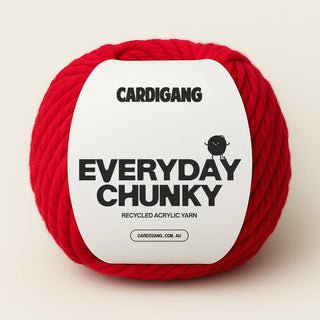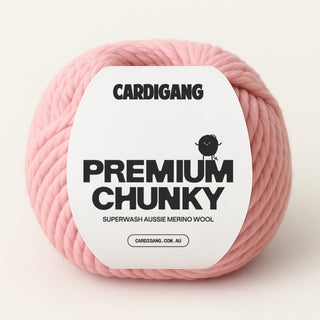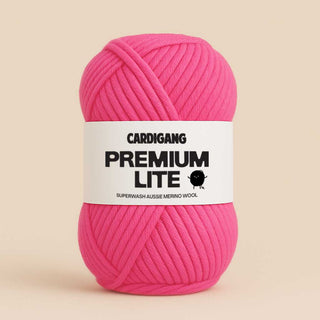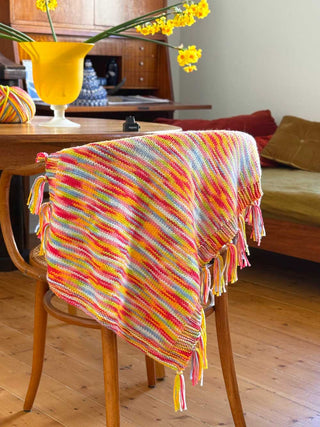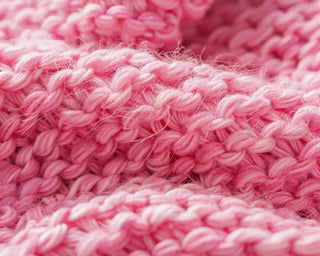BLOCK IT LIKE IT'S HOT
Have you ever finished a knitting project and thought, “It’s cute, but it could use a little extra polish”? Well, you’re in luck! Today, we’re diving into the magical world of blocking knitting. It’s the secret sauce to taking your handmade goodies from “wow” to “WOWZA!” 🙌

💡 DID YOU KNOW?
Blocking is like giving your knits a spa day – it relaxes the fibers, evens out stitches, and gives your project that professional finish. Whether you’re a seasoned pro or a knitting newbie, learning how to block your knitting is a game-changer. Ready to get started? Let’s unravel this together! 🧶💖
What is Blocking and Why Should You Do It?
Blocking is the process of wetting or steaming your finished project, shaping it to the desired dimensions, and letting it dry in that position. Think of it as the final touch that sets everything in place and smooths out any irregularities. It’s especially crucial for pieces with lace or cables, where you want to highlight those intricate patterns.
4 REASONS WHY YOU SHOULD BLOCK YOUR KNITTING
1. Shape and Size: 📏 Blocking ensures your project meets the exact dimensions specified in the pattern. It’s like giving your sweater that perfect fit without the guesswork.
2. Stitch Definition: 🧵 It helps open up lacework, makes cables pop, and gives your stitches a uniform look. Your hard work deserves to shine!
3. Fiber Relaxation: 😌 It relaxes the fibers, making the fabric softer and drapier. It’s the difference between a cozy hug and a stiff embrace.
4. Professional Finish: ✨ It smooths out any tension differences and evens out edges, giving your project a polished, professional appearance.

3 Types of Blocking: Wet, Steam, and Spray
Not all blocking is created equal, and the method you choose depends on the yarn and the project. Let’s break down the three main types of blocking knitting: wet blocking, steam blocking, and spray blocking.
1. Wet Blocking
Wet blocking is ideal for most fibers, especially natural ones like wool, alpaca, and cotton. It’s a go-to for pieces that need a significant amount of shaping.
Steps for Wet Blocking:
1. Soak It: 🛁 Fill a basin with lukewarm water and add a gentle wool wash or a few drops of baby shampoo. Submerge your project and let it soak for about 20 minutes. Gently swish it around but avoid any vigorous rubbing – we’re not making felt here!
2. Gently Squeeze: 🤲 After soaking, carefully lift your project out of the water, supporting it to prevent stretching. Press it gently to remove excess water but don’t wring or twist. Roll it up in a clean towel and press to absorb more moisture.
3. Shape and Pin: 🧷 Lay your project flat on a blocking mat, a clean towel, or any flat surface. Gently stretch and shape it to the desired dimensions. Use rust-proof pins or blocking wires to secure it in place. Make sure to pin along the edges to avoid scalloping.
4. Let It Dry: 🌬️ Leave your project to air dry completely. This can take anywhere from a few hours to a couple of days, depending on the thickness of the yarn and the ambient humidity.
2. Steam Blocking
Steam blocking is great for synthetic fibers or when you need a quick fix. It’s also handy for taming curling edges and setting stitches without fully soaking the piece.
Steps for Steam Blocking:
1. Pin It Out: 📍 Lay your project flat and pin it to the desired shape on a blocking mat or a thick towel.
2. Steam It: 🥵 Using a steam iron or a handheld steamer, hold the steamer about an inch above the fabric and steam lightly. Don’t press the iron directly onto the knitting – just let the steam do the work. Keep the iron moving to avoid overheating any area.
3. Shape and Smooth: 💆♀️ Gently pat and shape the fabric with your hands, smoothing out any wrinkles or uneven areas.
4. Let It Dry: 🌬️ Allow it to cool and dry in place.
3. Spray Blocking
Spray blocking is perfect for delicate fibers or lightweight projects like lace shawls. It’s a gentler alternative that doesn’t involve soaking or steaming.
Steps for Steam Blocking:
1. Pin It Out: 📌 Pin your project to the desired shape on a blocking mat or thick towel, just like with steam blocking.
2. Spritz Away: 💦 Fill a spray bottle with water and lightly mist your project until it’s evenly damp. Avoid soaking it – a light misting is all you need.
3. Shape and Adjust: ✋ Use your hands to gently shape and smooth the fabric.
4. Let It Dry: 🌬️ Let it air dry completely before unpinning.
Pro Tips for Blocking Success
Ready to block like a boss? Here are some extra tips to make your blocking experience smooth and satisfying:
1. Check Your Yarn Label: 🏷️ Always follow the care instructions on your yarn label. Some fibers might not take well to certain blocking methods.
2. Swatch It: 🧶 If you’re unsure how a yarn will behave, test block a small swatch first. This can save you from any surprises later.
3. Mind the Tension: 🌬️ Be gentle when pinning and shaping. Stretching too much can distort your stitches.
4. Use the Right Tools: 📏 Blocking wires, rust-proof pins, and a good blocking mat can make the process easier and give you a more precise finish.
5. Patience is Key: ⏳ Allow your project to dry completely before removing the pins. This ensures that it holds its shape and size.
Final Thoughts: Block and Rock Your Knits!
And there you have it, babes! While blocking may be an optional step – it’s a transformative process that brings out the best in your knits.
Whether you’re creating a cozy chunky wool scarf or a fluffy alpaca balaclava, knowing how to block your knitting will give you that pro finish every time.
Got more questions about blocking or any other knitting tips? Sing out to us – we’re here to help you every step (and stitch) of the way! Happy knitting, and may your projects always be as fab as you are! 🌈💖











